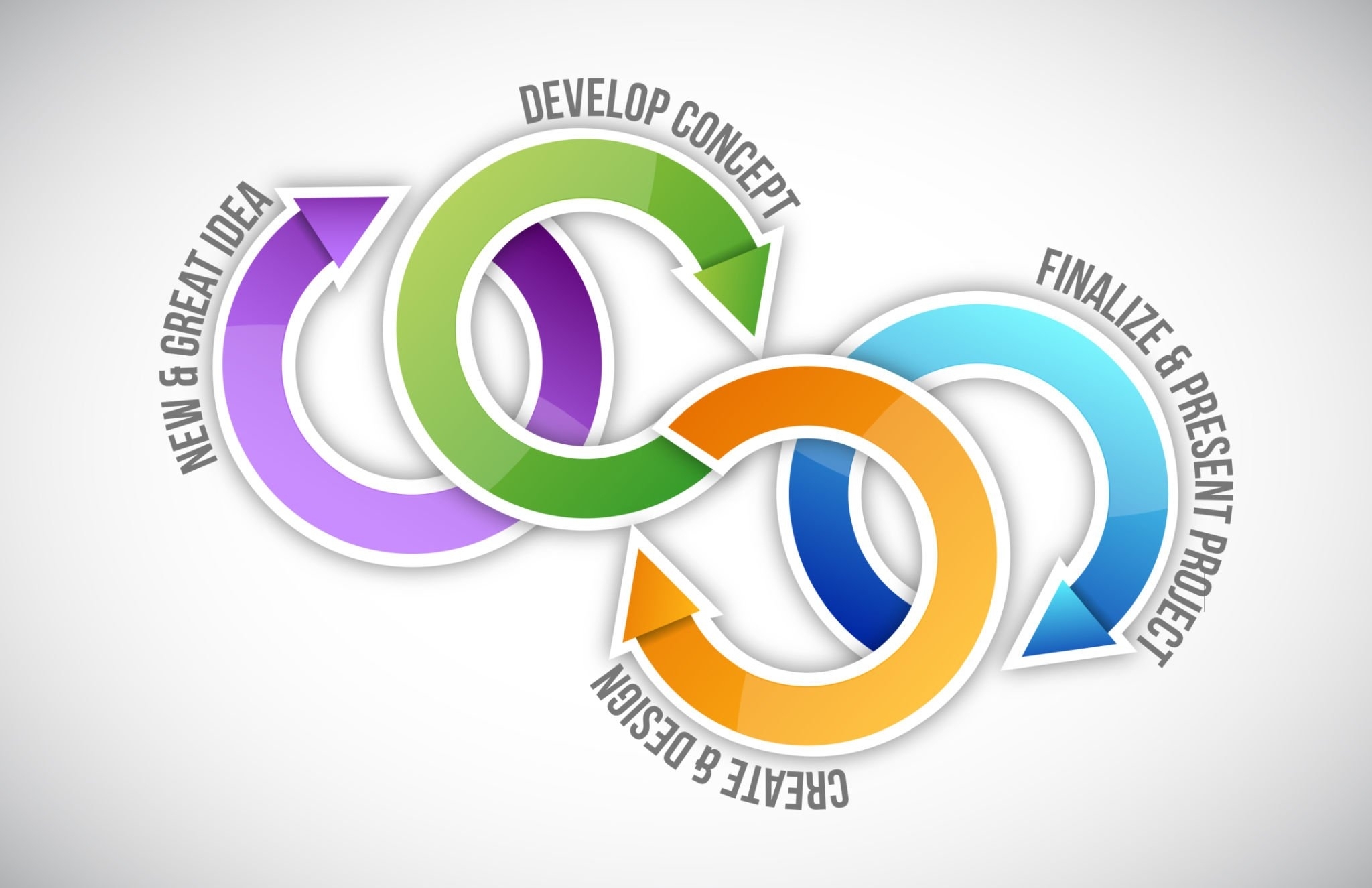Introduction
In the ever-evolving realm of digital marketing, Search Engine Optimization (SEO) remains a critical component for online success. When it comes to optimizing your website for search engines like Google, many factors come into play. Content is often hailed as the kingpin of SEO, but does that mean it should overshadow the importance of categories and structure? In this blog, we’ll delve into the intricate relationship between content, categories, and structure in SEO, exploring why all three elements are vital for your website’s visibility and rankings.
The Content Conundrum
Let’s start with the undeniable truth: content is the heart and soul of your website. High-quality, informative, and engaging content is what attracts visitors, keeps them on your site, and encourages them to take desired actions. Search engines, like Google, are keen on delivering the most relevant and valuable content to their users, which is why content remains an indispensable factor in SEO.
When it comes to content optimization, focusing on keywords, relevance, and user intent is crucial. Crafting content that aligns with popular search queries is essential for ranking well in search engine results pages (SERPs). However, it’s not just about stuffing keywords into your text; it’s about providing valuable information that addresses users’ needs.
The Category Connection
Categories play a significant role in organizing your website’s content effectively. They are like the chapters in a book, helping users and search engines navigate through your site’s content seamlessly. Categories provide a structured hierarchy that not only aids in user experience but also enhances SEO.
Here’s how categories contribute to SEO:
- Improved User Experience: Categories help users find what they’re looking for quickly. A well-organized website is user-friendly, and user satisfaction is one of Google’s ranking factors.
- Keyword Grouping: Categories enable you to group related content together. This can help you target specific keywords effectively and create a cohesive content strategy.
- Internal Linking: Categories facilitate internal linking, which distributes SEO authority and helps search engines understand the relationships between different pieces of content on your site.
- Site Crawlability: An organized site structure with clear categories makes it easier for search engine crawlers to index your content accurately.

The Structure Story
While content and categories are crucial, the structure ties everything together. Your website’s structure refers to the way its pages are organized and linked. A well-structured site not only improves user experience but also assists search engines in comprehending your content and ranking it appropriately.
Key aspects of a structured website for SEO include:
- Clear Navigation: A user-friendly navigation menu helps visitors find their way around your site easily. Search engines also use this navigation to understand your site’s hierarchy.
- URL Structure: Clean and descriptive URLs make it easier for both users and search engines to determine the content of a page.
- Mobile Optimization: As mobile usage continues to rise, a mobile-friendly structure is essential. Google prioritizes mobile-first indexing, so ensure your site looks and functions well on mobile devices.
- Page Speed: A fast-loading website is vital for SEO. Optimizing your site’s structure can help reduce loading times, which is a ranking factor.
- Schema Markup: Implementing schema markup can provide additional information to search engines, enhancing your chances of appearing in rich search results, like featured snippets.
The SEO Trinity
In essence, the relationship between content, categories, and structure in SEO is not one of superiority but synergy. They work in harmony to elevate your website’s visibility and ranking in SERPs. Here’s how they come together:
- Keyword Alignment: Content targets specific keywords while categories help organize related content, ensuring a cohesive keyword strategy.
- User Experience: Content engages users, categories guide them, and a well-structured site keeps them browsing. A positive user experience encourages return visits and improves rankings.
- Internal Linking: Content is linked through categories and structured pages, distributing SEO authority and signaling content relevance to search engines.
- Crawlability: A clear structure ensures all your content is accessible to search engine crawlers, making it more likely to be indexed.
- Site Authority: Over time, a well-structured site with valuable content in relevant categories can build domain authority, which is a significant SEO advantage.
Conclusion
In the world of SEO, content, categories, and structure are not competing elements but rather complementary components of a successful strategy. Neglecting one in favor of the other would be a grave mistake. To maximize your website’s visibility and ranking potential, strive for a harmonious balance between these three aspects. Craft high-quality content, organize it into meaningful categories, and present it within a well-structured website – this is the SEO trinity that will help you reach new heights in the digital landscape.





